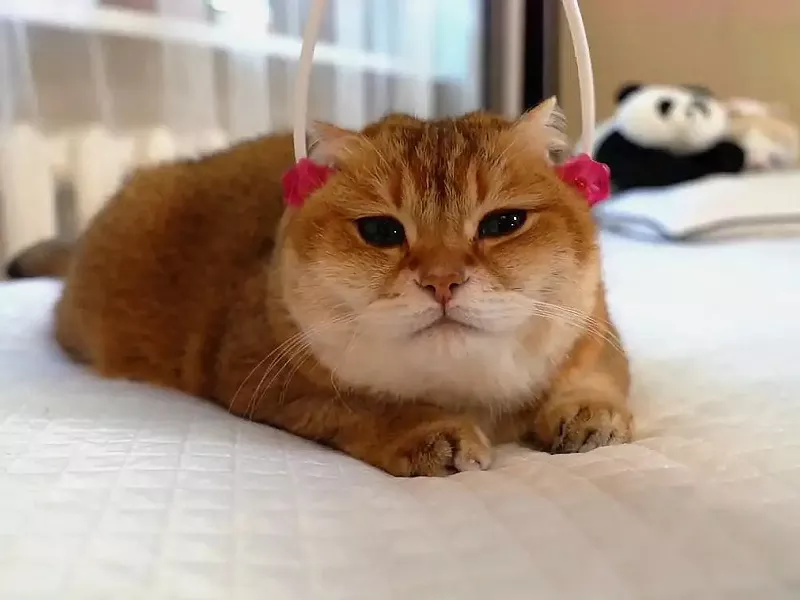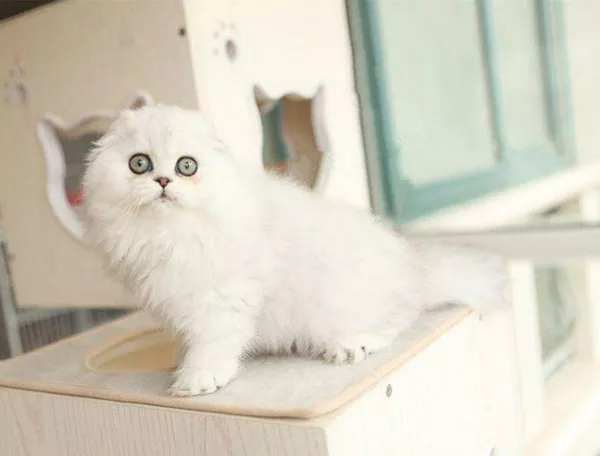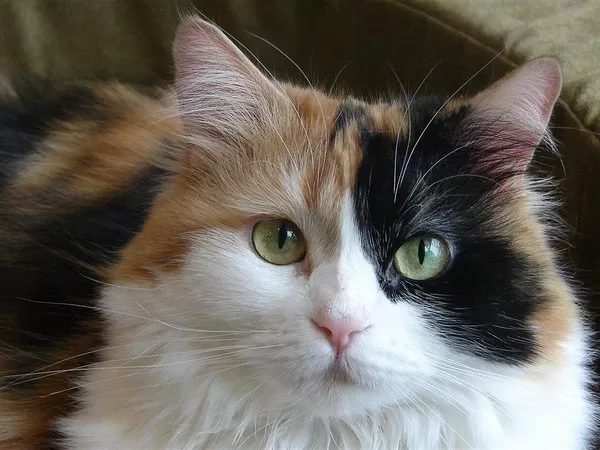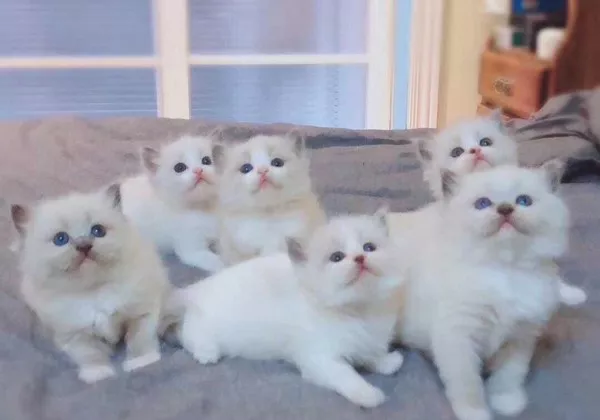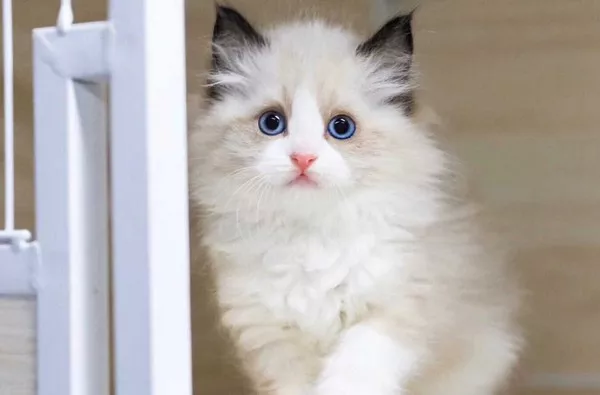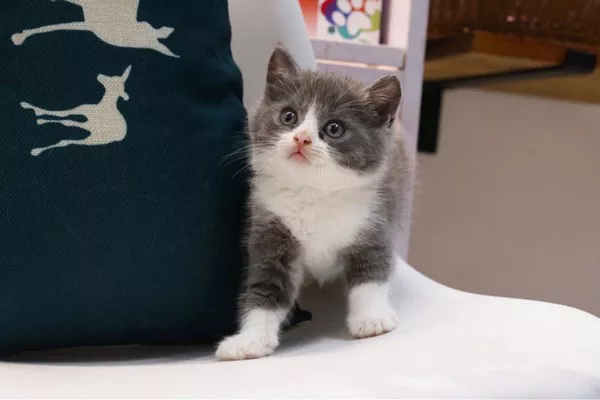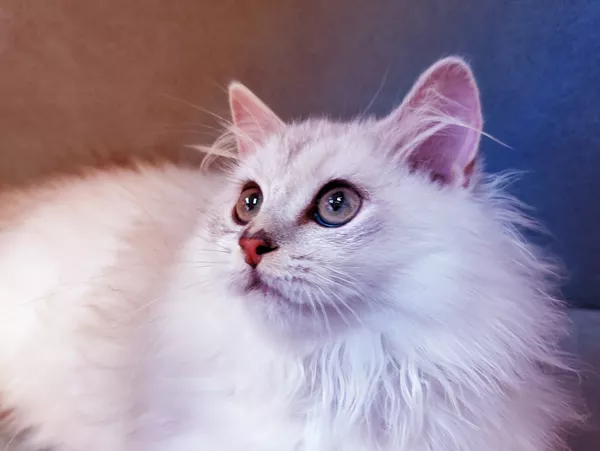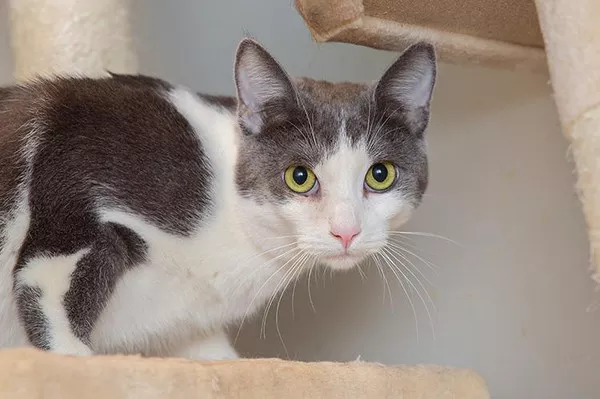The British Shorthair cat, with its charming appearance and distinctive round face, has become a beloved companion in households around the world. As potential cat owners consider bringing this delightful breed into their lives, questions often arise about their independence and ability to cope with being left alone. Balancing work, travel, and daily life commitments is a reality for many, and understanding the British Shorthair’s temperament and needs when it comes to solitude is essential. In this article, we will explore whether British Shorthair cats can be left alone, considerations for their well-being, and tips for ensuring a harmonious relationship when you’re not at home.
Understanding the British Shorthair Cat
The British Shorthair cat is known for its sturdy build, dense coat, and round features that give it an almost teddy bear-like appearance. Originally bred for their resilience and ability to adapt to various environments, British Shorthairs have become cherished pets appreciated for their gentle nature, companionship, and relatively low-maintenance requirements. When contemplating whether they can be left alone, several factors come into play.
Temperament and Independence
British Shorthairs are generally known for their calm and easygoing temperament. They are often content to lounge around the house, observing their surroundings and occasionally engaging in play or short bursts of activity. This breed tends to be independent and less demanding of constant attention compared to some other cat breeds.
Can British Shorthairs Be Left Alone?
The ability of British Shorthair cats to be left alone for extended periods depends on several factors:
Age: Kittens and young cats may require more attention and social interaction, while adult British Shorthairs tend to be more self-sufficient and better equipped to handle solitude.
Socialization: Early socialization plays a role in a cat’s comfort with being alone. Well-socialized British Shorthairs are more likely to feel secure when left to their own devices.
Companionship: While British Shorthairs are generally independent, having another pet or companion, whether feline or human, can help alleviate loneliness when you’re not at home.
Environment: Providing a stimulating environment with toys, scratching posts, and cozy resting spots can keep a British Shorthair entertained and comfortable during alone time.
Duration: Short periods of being left alone are typically manageable for British Shorthairs, especially if their basic needs are met before you leave.
Tips for Leaving British Shorthairs Alone
Gradual Introductions: If you anticipate being away for longer periods, gradually introduce your British Shorthair to alone time. Start with short intervals and gradually extend the duration.
Enrichment: Leave interactive toys, puzzle feeders, and scratching posts to keep your cat mentally stimulated while you’re away.
Comfortable Environment: Ensure your cat has access to a comfortable and safe space with a cozy bed or blanket where they can retreat to relax.
Automatic Feeders and Water Dispensers: Use automatic feeders and water dispensers to ensure your cat’s basic needs are met even when you’re not home.
Scent Comfort: Leave an item of your clothing with your scent to provide reassurance to your British Shorthair.
Regular Interaction: When you’re home, spend quality time interacting with your cat to reinforce your bond and provide companionship.
Conclusion
In conclusion, British Shorthair cats can adapt to being left alone for reasonable periods when their basic needs are met and they are provided with a stimulating environment. While they are generally independent and less demanding of constant attention, factors such as age, socialization, companionship, and environment play a role in their comfort with solitude. By understanding your British Shorthair’s individual temperament and taking steps to ensure their well-being, you can create a balanced and harmonious relationship even when you’re not at home.
Ecommended reading:

